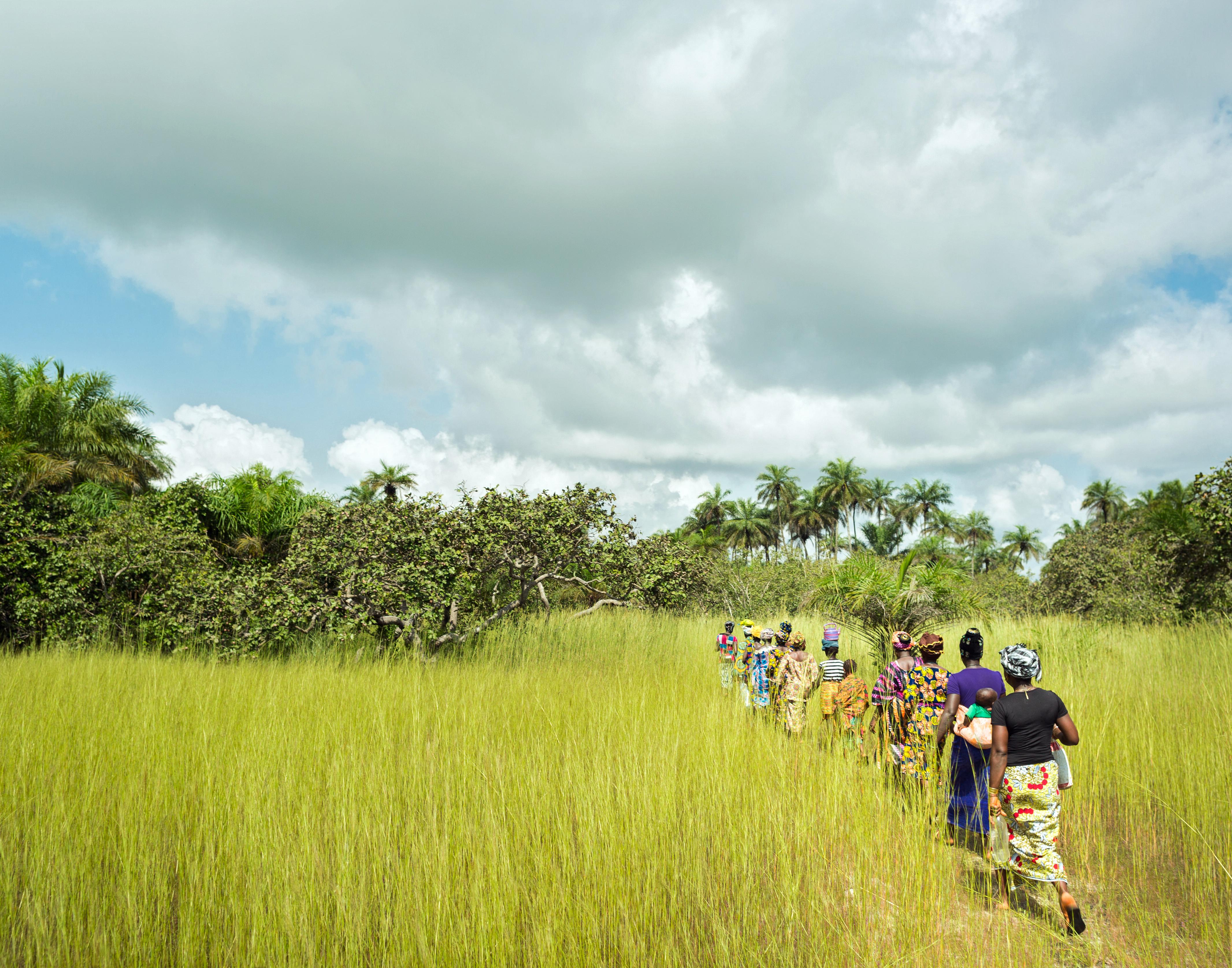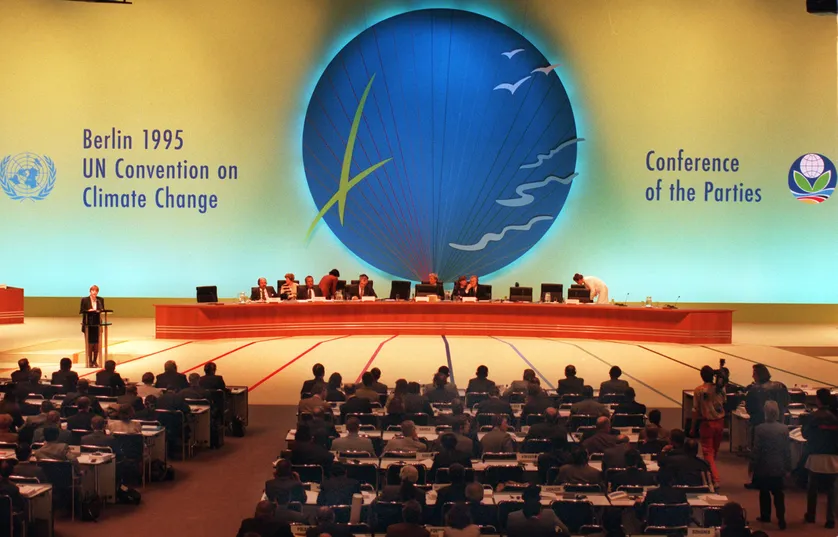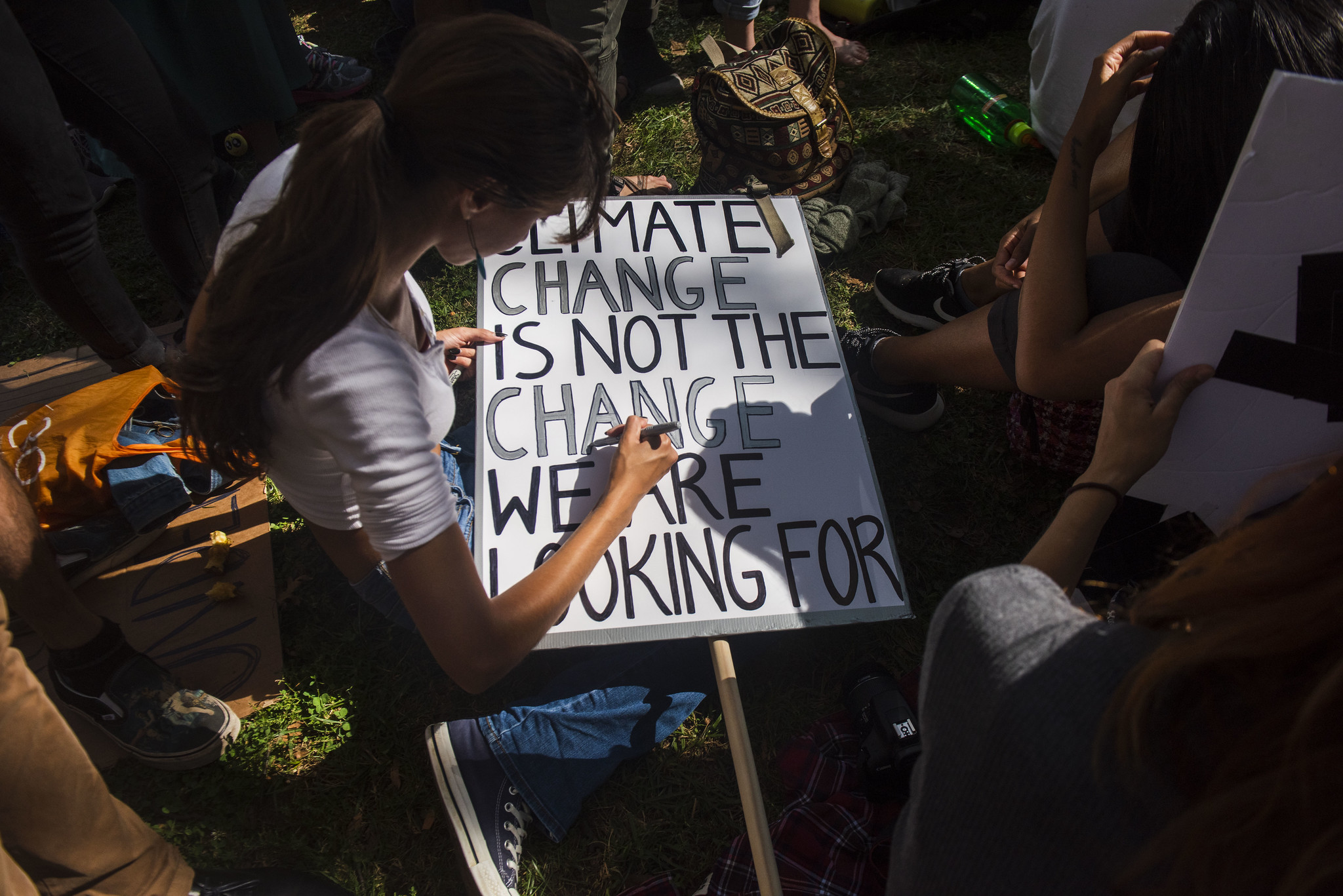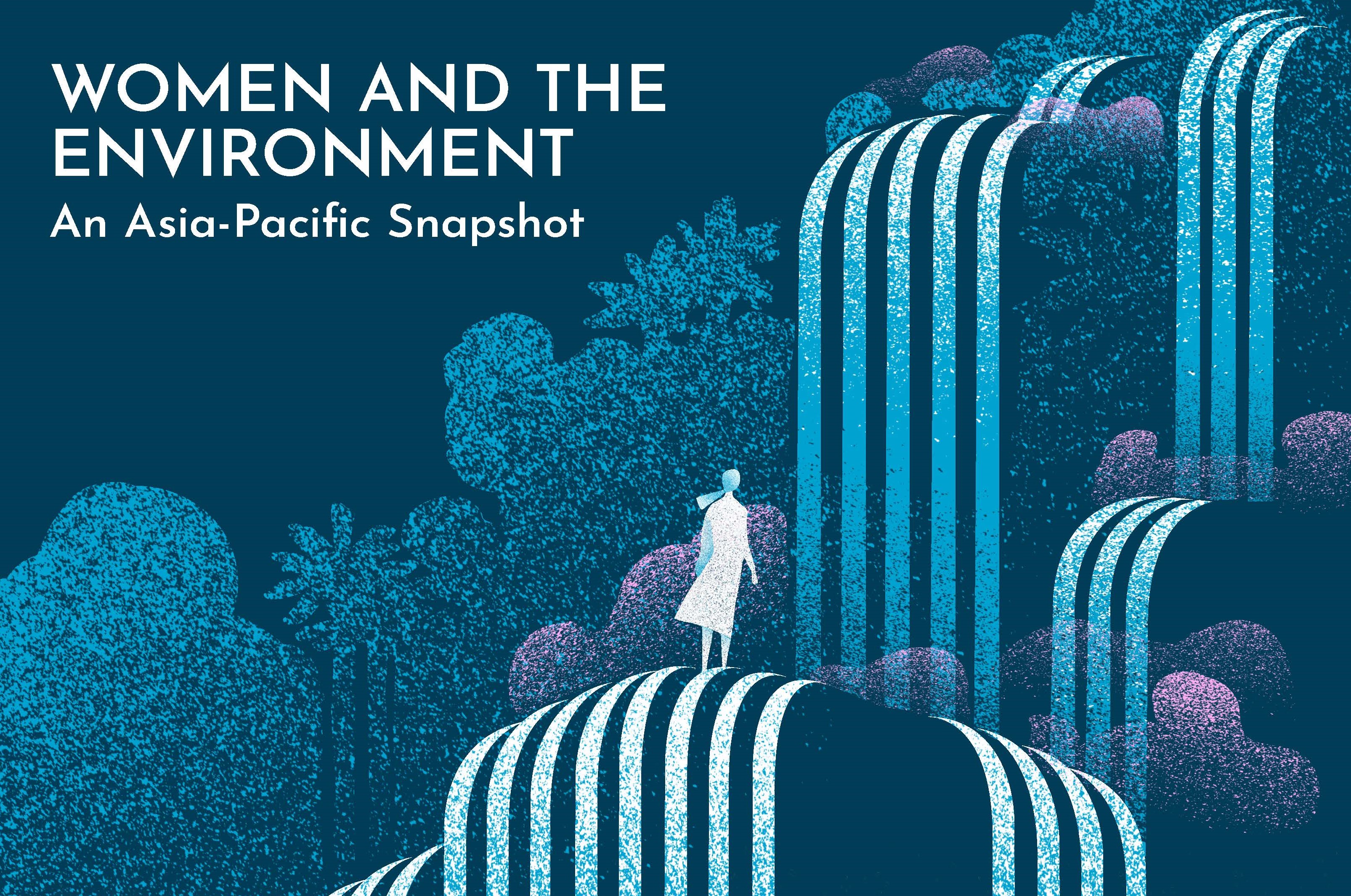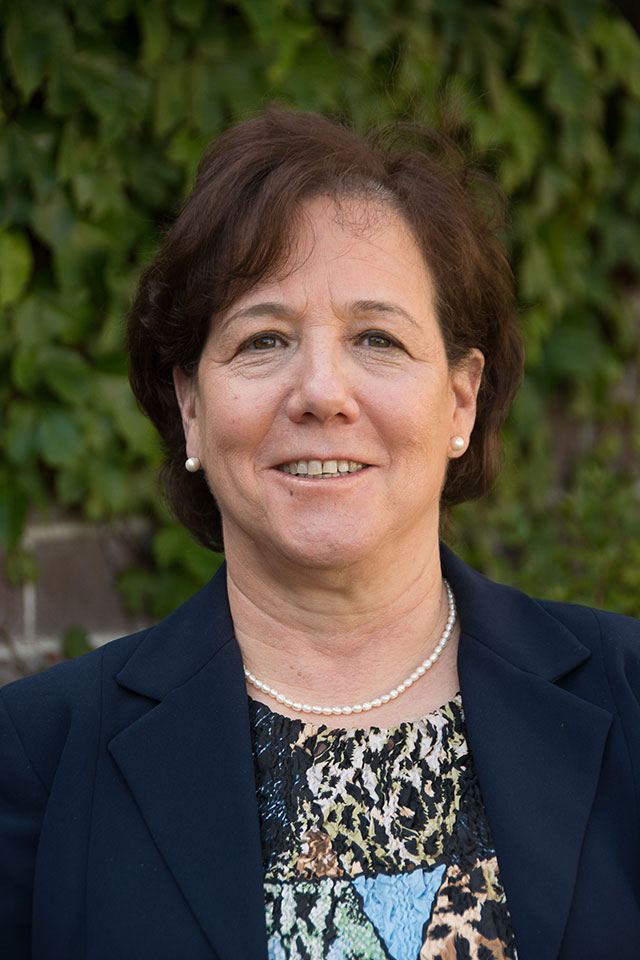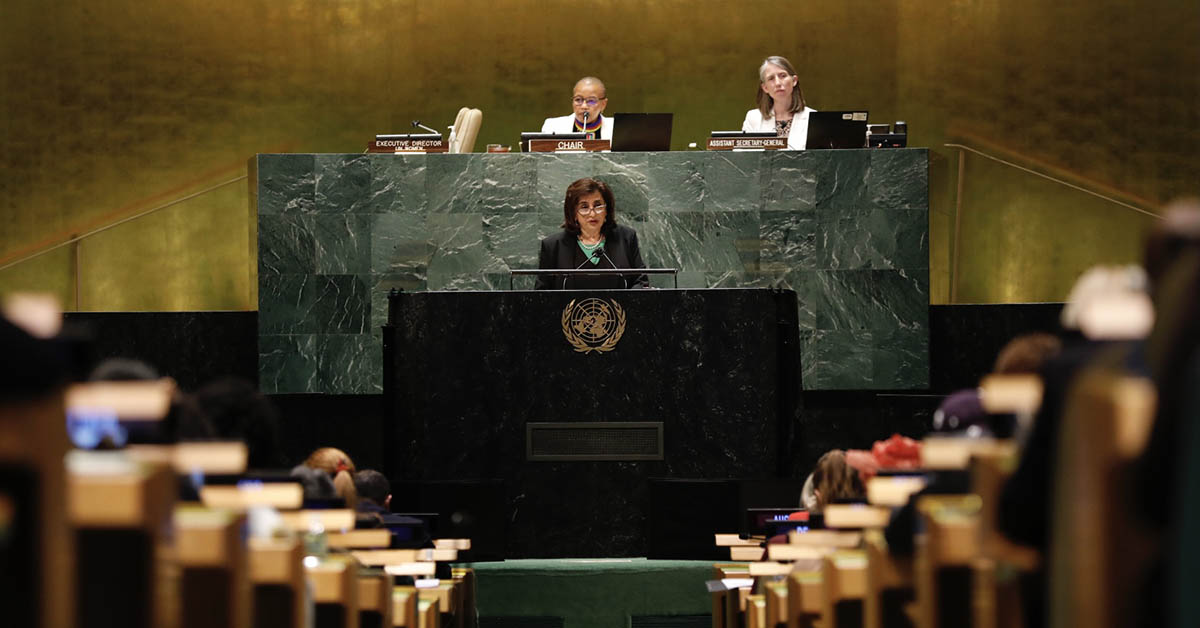More than 200 speeches were analysed
There were a total of 367 speeches, in multiple languages, made by countries, regional bodies and international organizations at the three most recent COPs (24-26). UN Women web-scraped and analysed the 201 digital speeches by countries and regional bodies that were available in English.

